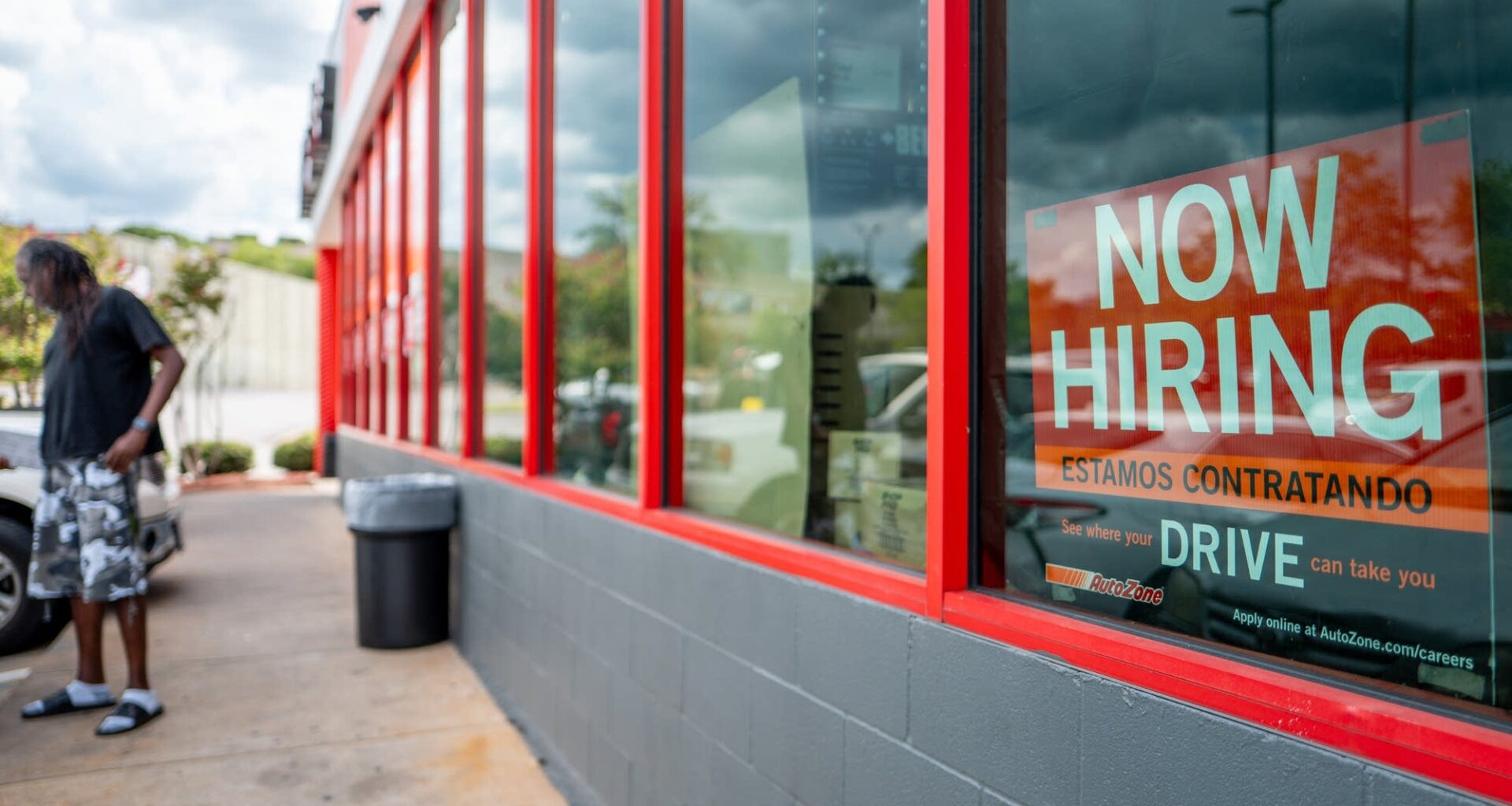The recent slowdown in consumer spending is already starting to hold back gross domestic product growth — remember, consumer spending amounts to roughly two-thirds of this economy.
Some of that slowdown in spending is a result of tariffs. Specifically, the effect those import taxes are having on the prices of goods. But the majority of consumer spending is on services, and the cost of services doesn’t have nearly as much to do with tariffs as it does with the cost of labor.
When people buy fewer goods because tariffs make those goods more expensive, the job market feels the pinch, said Laura Veldkamp, an economics professor at Columbia Business School.
“There are jobs like sales people, there are jobs like delivery people, there are jobs like the janitor of the store who cleans it. And all of these will face less demand as well,” she said.
In a slower economy, Veldkamp said, employers don’t need as many workers.
“And if they don’t want to hire new workers, and there’s less labor demand, they don’t have to offer as high wages to their existing workers, in order to keep them,” she added.
Slower wage growth has an outsized impact on the cost of services, said Menzie Chinn, an economics professor at the University of Wisconsin-Madison.
“Because services are provided, you know, the main input is going to be labor,” he said.
But Chinn said there are factors that could actually lead to higher wages in the service sector. For instance, employees might ask for higher wages to help them cover the cost of tariffs.
Meanwhile, demand for labor is improving, said George Pearkes, a macro strategist at Bespoke Investment Group.
“Initial jobless claims, for instance, are not showing any rapid dropoff in labor demand. And other, more slow moving data, is showing, if anything, an improving backdrop,” he said.
The labor market is also dealing with the issue of dwindling labor supply. We have an aging workforce, Pearkes said. And an administration that’s deporting workers and discouraging immigration.
“So when you combine these, labor demand bottoming, and maybe starting to accelerate, and labor supply continuing to shrink, what you actually get is what should be a pretty positive backdrop for wage growth,” he said.
But that means more upward pressure on prices.
“There’s going to be a big increase in labor costs, for instance, in fresh fruits and vegetables. Those things are going to rise in price, because you’ve just essentially taken out the labor force for a lot of that produce,” said Chinn at UW-Madison.
He said a similar dynamic could play out in the manufacturing sector, too.
Related Topics
